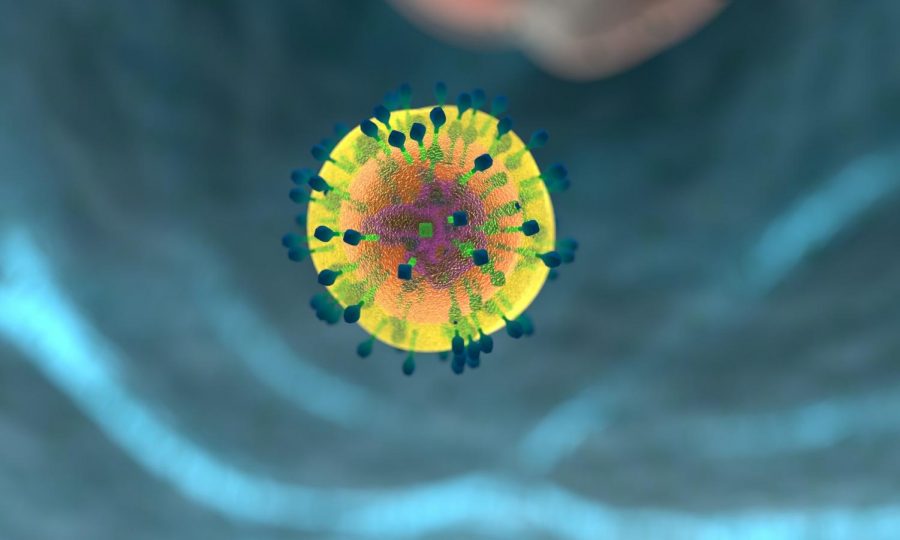What You Need to Know About Influenza
For what can appear as a mild ailment, seasonal influenza outbreaks pack a big punch. Each year the flu sweeps through the U.S. in the winter and spring months, leaving hundreds of thousands dead. It also results in billions of dollars in medical expenses and upwards of 70 billion dollars annually in lost productivity. To understand what makes this virus so dangerous, it is important to understand its mechanics.
There are four different types of influenza, however, only Types A, B, and C infect humans. The types that play a role in the seasonal outbreak are A and B. There are also strains within each type, with one of them being the primary one spread each year. These strains are also constantly evolving, making it difficult to develop and manufacture an effective vaccine.
Influenza is a respiratory disease, meaning the virus invades through the sinuses and infects lung cells. The flu will then utilize the protein manufacturing facilities of the cells to create viral particles that spread the infection. Although this process causes significant damage to the tissue, the body’s response causes most of the symptoms.
Several types of immune cells register the presence of influenza and produce hormones to help fight the virus. Hormones regulate the body’s response and locate the virus. A type of white blood cell called T lymphocytes (T-cell) is activated by these hormones and begins to congregate around the lymph nodes of the lungs and throat, which causes increased swelling, contributing to the sore and painful throat people experience when they’re infected with the flu.
Over the course of several days, the T-cells begin attacking the cells infected with the flu. This is what causes the majority of lung damage. Large amounts of mucus are also created by the attacking T-cells, causing a gag reflex. The body also uses coughing as a way to clear the sinuses. Many of the other symptoms of influenza come from the autoimmune response. These symptoms include headaches and loss of appetite.
The elderly bear the biggest burden when it comes to influenza-related hospitalizations and deaths. About 90 percent of those killed by the flu each year are those over the age of 65 and people in this same age group are hospitalized at a higher rate due to the flu.
Despite the many risks that the flu poses to people, there are many ways to prevent infection. Washing your hands before eating and keeping your hands away from your face can decrease the risk of infection since the flu cannot be spread through the air. The flu can travel saliva that comes from someone who is infected, so people who are ill can still spread it by coughing or sneezing.
“The ways to fight the flu are to get the flu vaccine every year, cough and sneeze in your sleeve, and your wash hands often,” LVN Barbara Walker said. “Resting is best. Stay home if you have flu symptoms, [which are having a] fever 100 F and above, coughing and sneezing, body aches, and extreme fatigue. The only way to be 100 percent sure it is the flu is to have a nasal swab at the doctor’s office.”
The flu vaccine is the best way to protect yourself from infection. This is true even if one is allergic to eggs, which manufacturers use to help produce the vaccine.
“People with a history of egg allergy of any severity should receive any licensed, recommended, and age-appropriate influenza vaccine. Those who have a history of a severe allergic reaction to egg (i.e., any symptom other than hives) should be vaccinated in an inpatient or outpatient medical setting,” the Centers for Disease Control (CDC) said.
It is critical for public health that all people take proper preventative measures to protect themselves against the flu, including receiving the influenza vaccine. If you do have the flu, you should stay home so that you don’t infect other people. To learn more about influenza and how you can protect yourself and others, you can visit Walker’s site or the CDC.

Besides being an editor for Student Press, I enjoy learning about new things, primarily through reading, but also the occasion documentary or YouTube video....






